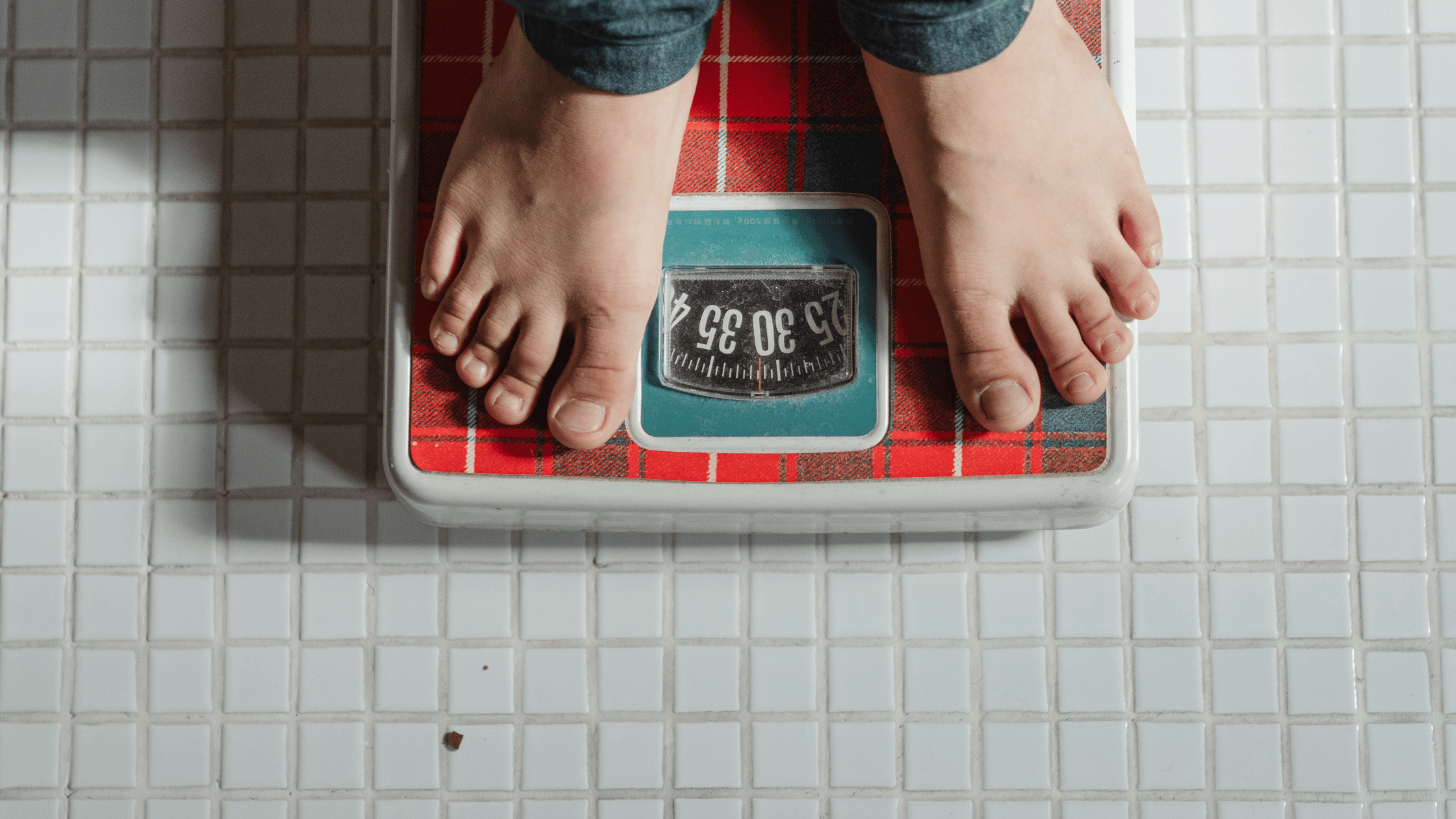The Impact of Obesity on Pelvic Floor Health

Licensed Physical Therapist, PT, DPT // Herman and Wallace Pelvic Floor Level 1 Certified // EW Motion Therapy Trussville
Obesity has become a prevalent global health concern, affecting millions worldwide. While its detrimental effects on cardiovascular health and metabolic function are well-known, the impact of obesity on pelvic floor health is often overlooked. Pelvic floor disorders are common among individuals with obesity and can lead to various adverse side effects. However, there is hope for those struggling with these issues, as physical therapy has proven to be an effective treatment option. Our team of pelvic floor experts at EW Motion Therapy can teach you techniques to combat your symptoms and help you restore function. Even if you decide that our services don’t fit your needs, you can still read on as we explore how obesity affects pelvic floor health, discuss the adverse side effects that can arise, and highlight how physical therapy can improve overall well-being.
Understanding the pelvic floor
First, a quick anatomy lesson. The pelvic floor is a group of muscles, ligaments, and tissues that form a hammock-like structure in the pelvic region. It supports the bladder, rectum, and reproductive organs, which are vital in maintaining continence and sexual function. The pelvic floor muscles also aid in stabilizing the spine and pelvis.
How does obesity affect pelvic floor health?
By medical standards, someone is considered obese with a BMI of over 30. Excess weight can affect many aspects of your life, including your activities and even sleep patterns. You might need to consider how extra weight can affect your pelvic floor. While symptoms vary, there are a few common effects obesity can have on your pelvic floor.
- Increased pressure: Excess weight places additional pressure on the pelvic floor muscles, weakening their ability to function optimally and counteract the effects of gravity. This increased pressure can lead to pelvic floor disorders such as urinary incontinence, fecal incontinence, and pelvic organ prolapse.
- Hormonal changes: Obesity often leads to hormonal imbalances, particularly in women. These hormonal changes can affect the integrity and strength of the pelvic floor muscles, making them more prone to dysfunction.
Adverse side effects of pelvic floor dysfunction
Whether brought on by obesity or another factor, pelvic floor dysfunction can negatively affect an individual's physical, emotional, and social well-being. Here are some of the common adverse effects associated with pelvic floor dysfunction:
- Urinary incontinence: Pelvic floor dysfunction can lead to urinary incontinence, where individuals experience involuntary urine leakage. This can be embarrassing and cause significant distress, affecting self-esteem and confidence. It may also result in social isolation and limited participation in activities or exercise.
- Fecal incontinence: Weakened pelvic floor muscles can contribute to fecal incontinence, which is the inability to control bowel movements. This can lead to involuntary leakage or complete loss of bowel control, impacting an individual's daily life, hygiene, and emotional well-being.
- Pelvic organ prolapse: In severe cases of pelvic floor dysfunction, pelvic organ prolapse can occur. Pelvic organ prolapse can cause discomfort, heaviness, or pressure in the pelvic region and interfere with sexual function.
- Pain and discomfort: Pelvic floor dysfunction can cause pain in the pelvic region, lower back, hips, or perineum (the area between the anus and genitals). This chronic pain may interfere with daily activities, exercise, and sexual intercourse.
- Sexual dysfunction: Pelvic floor dysfunction can negatively impact sexual function and intimacy. It may lead to pain during sexual intercourse (dyspareunia), decreased sexual desire, difficulty achieving orgasm, or an overall loss of sexual satisfaction.
- Emotional impact: Dealing with pelvic floor dysfunction can lead to emotional distress, including embarrassment, frustration, and shame. It can affect an individual's body image, self-esteem, and overall mental well-being. Anxiety and depression can also arise due to the impact on daily activities and social interactions. Obesity can have a similar emotional effect and even add to anxiety, depression, and body image issues.
- Limitations in daily activities: Pelvic floor dysfunction can limit an individual's ability to engage in various activities. Fear of accidents or embarrassment related to urinary or fecal incontinence may lead to avoiding social gatherings, physical exercise, or travel, impacting one's quality of life. Similarly, obesity can cause fear in pursuing daily activities, so combining those two factors can have an increased adverse impact on one’s life.
- Impact on relationships: Pelvic floor dysfunction can strain relationships, particularly intimate partnerships. The physical and emotional challenges associated with pelvic floor dysfunction may lead to decreased intimacy, communication difficulties, and frustration for both partners.
How physical therapy can help
Physical therapy is crucial in managing and treating pelvic floor dysfunction associated with obesity. Skilled physical therapists specializing in pelvic floor rehabilitation can provide personalized care to address individual needs. Here's how physical therapy can help:
- Pelvic floor muscle training: Physical therapists can guide individuals through specific exercises to strengthen the pelvic floor muscles. These exercises, such as Kegels, help improve muscle tone, endurance, and coordination, leading to better control and support of the pelvic organs. Conversely, your pelvic floor muscles may be too tight - your physical therapist can walk you through relaxation exercises and hip mobility to reduce your risk of leakage.
- Lifestyle modifications: Physical therapists can guide lifestyle modifications, including weight management strategies, proper nutrition, and regular physical activity. These changes can help reduce the impact of obesity on pelvic floor health.
- Education and behavioral strategies: Physical therapists educate patients about pelvic floor anatomy, bladder and bowel habits, and symptom management strategies. They may also address factors such as postural habits, breathing techniques, and body mechanics to reduce strain on the pelvic floor.
Obesity can significantly impact pelvic floor health, leading to various disorders and adverse side effects. However, it's important to remember that these conditions are treatable, and physical therapy has emerged as an effective solution. By working with skilled physical therapists, individuals can regain control over their pelvic floor muscles, reduce symptoms, and improve their overall quality of life. If you're experiencing pelvic floor dysfunction associated with obesity, don't hesitate to seek professional help and explore the benefits of physical therapy. Our pelvic floor physical therapists can work with you to develop the best treatment plan to address your symptoms and help you return to your favorite activities. If you are curious about what else our pelvic floor physical therapy can do for you, click the button below to fill out our self-assessment to see if our program fits your needs.

